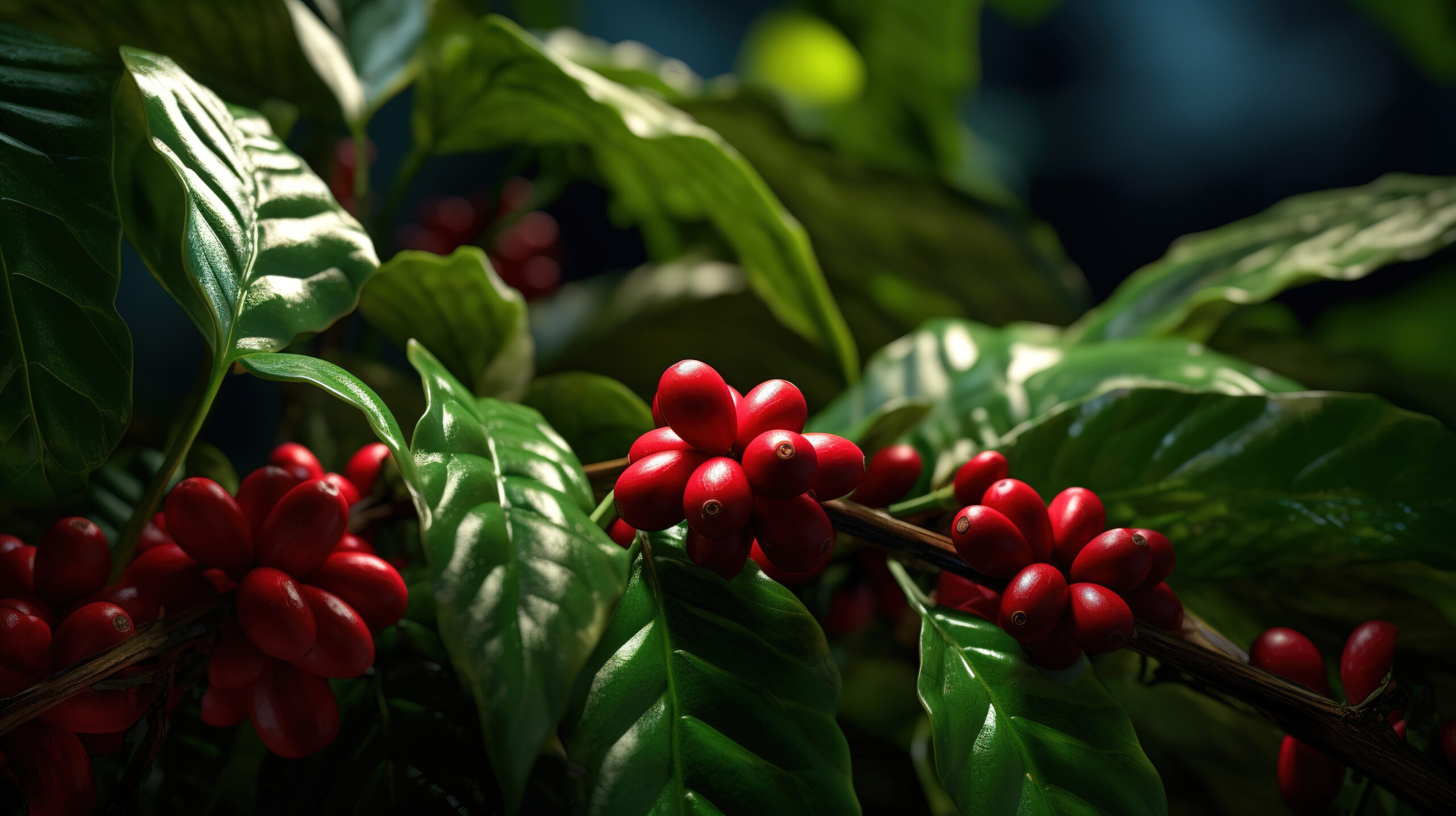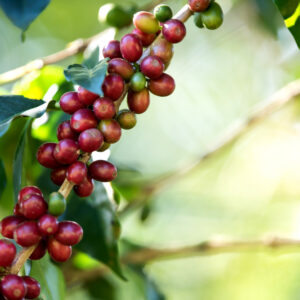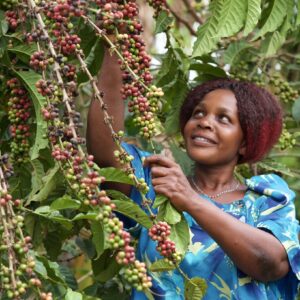
Store
Kenya Green Coffe
The equator passes directly through this East African pearl. Despite its tropical climate, Kenya is experiencing beautiful coolness through the Indian Ocean and Lake Victoria. The plain savannas, which host abundant wildlife, rise to the central highlands at an elevation of 5,199 feet [5,199 m]. It is here that green slopes become fertile agricultural fields, creating an ideal environment for coffee cultivation.
The combination of red volcanic soil, high altitudes and ideal climate have a crucial effect on the development of the different fruity, almost juicy aromas that characterize these coffees. There is very little difference between different chapters in Kenya because of its geographical position in the equator.
Unlike neighboring Ethiopia, coffee cultivation is relatively new to the neighborhood and began only in the early 1900’s. Today, agriculture is Kenya’s main shareholder in the UDM, which ranks third after coffee tea and gardening products. The total area of coffee farming in Kenya is estimated at 160,000 hectares.
The fields of agriculture make up about a third of the area. Yet much of the land is used by small farmers who turn themselves in to cooperatives. Normally, coffee is sold in weekly harvesting season. Prices between the buyer and the seller are determined by the quality and degree of the cup depending on the size of the lobby. Because of these factors, green coffee is generally classified in Kenya. Coffee lobbies screened above 17/18 are called AA and are the largest of its kind. The supplements in “Top” or “Plus” refer to a cup profile that is particularly thin and complex.
Coffee regions:
Types: SL-28, SL-34, Ruiru 11, Batian
Harvest period: October – February (Main Crop), June – August (Fly Crop)
Annual productivity (60 kg bags):
800,000(800,000 Arabica)






